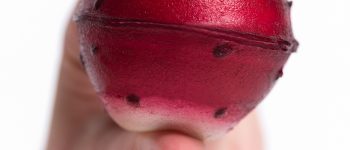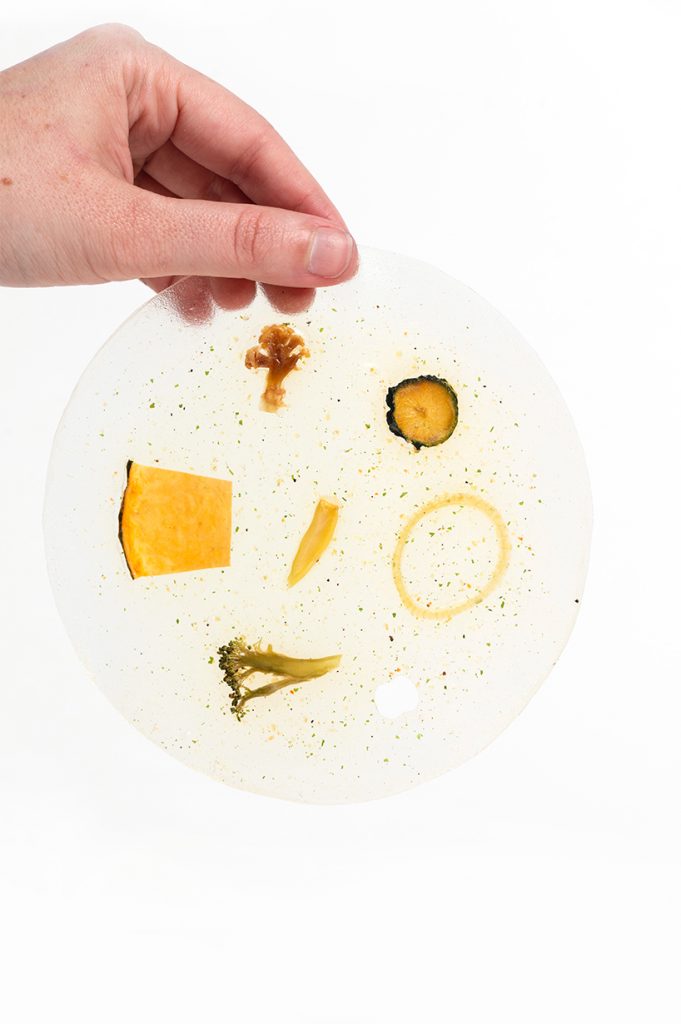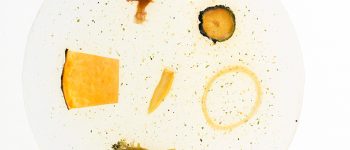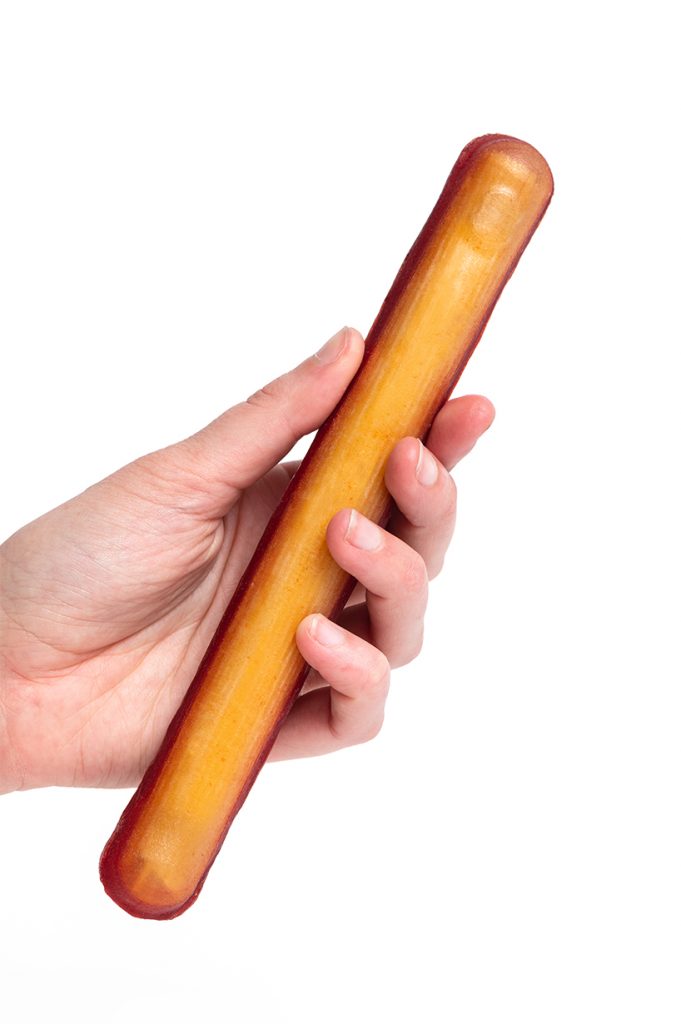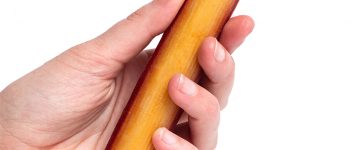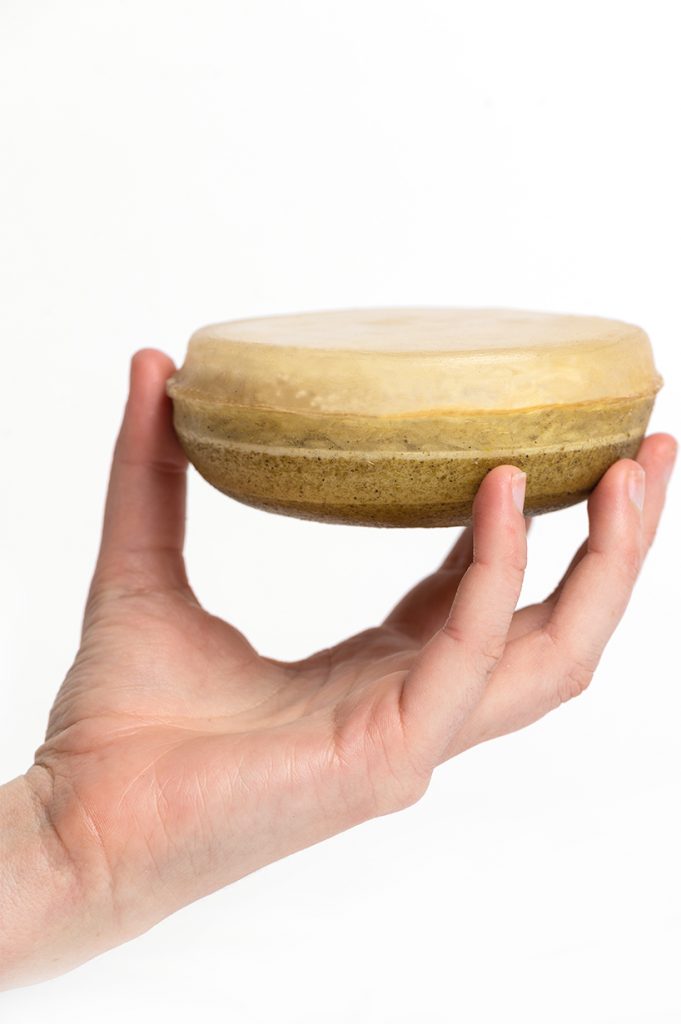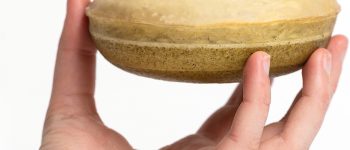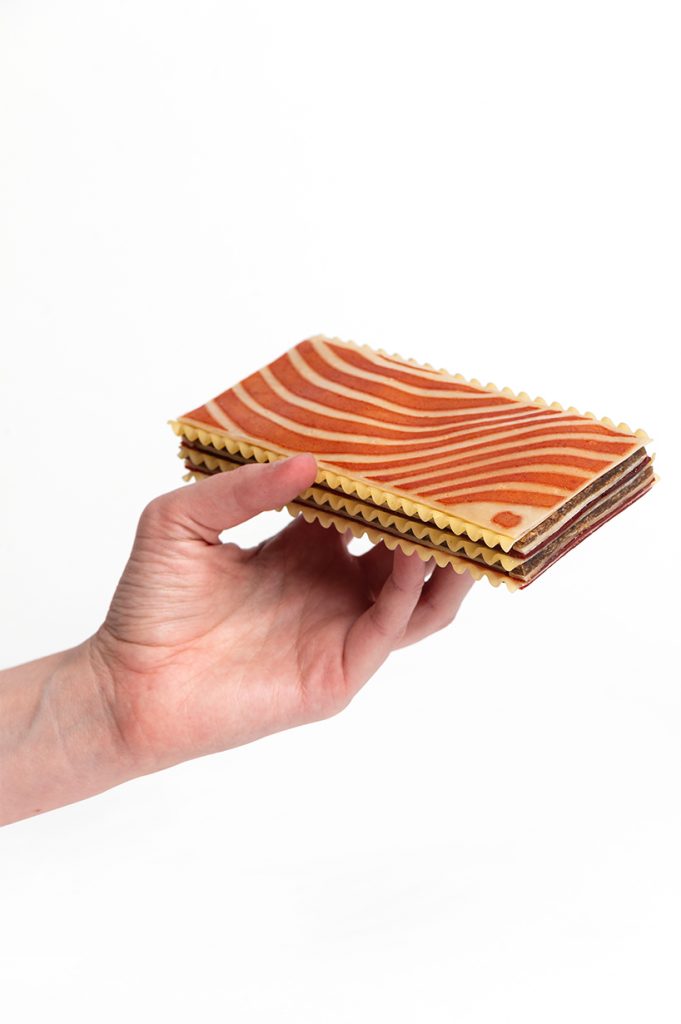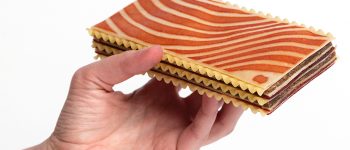NakedPak is a series of “naked” food dishes without any packaging.
NakedPak was created from the combination of two issues that have been of much interest to me over the past few years- anxiety from the climate crisis and my huge love for food.
For a very long time, food has been transported from place to place with different methods. Today, the natural and sustainable solutions which were used long ago, have been replaced by plastic and paper packaging in huge quantities. Meanwhile, the ocean is filling up with plastic, and according to the forecast- by the year 2050 there will be more plastic in the sea than living creatures. (The World Economic Forum)
Material Research
In an attempt to find a natural soluble bioplastic, I started researching different materials that could function as a packaging material and could be eaten with its contents.
The final formula contains several edible and natural materials, with the essential ingredient produced from algae. The resulting material is transparent, tasteless, and can be manufactured as a two-dimensional sheet or as a three-dimensional structure.
Spices and sauces can be incorporated into the NakedPak natural material, thus producing flavored packaging that dissolves in simply boiling water.
The apple principle-or- “isn’t that disgusting?”
One of the main concerns about such a product is hygiene. After all, packaging and wrappers are designed to separate food from the outside world. Like an apple sold in bulk, exposed to dirt, carried in a bag, and rinsed before being eaten, NakedPak is rinsed before being used. Most fruits, vegetables, nuts, and pastries are sold like apples, rinsed, or brushed off before consumption. Today, we are not familiar with that method for hot meals or ice cream. Therefore, NakedPak is a behavioral and mental change.
In this project, I offer five iconic tasty dishes. However, the NakedPak vision can be adapted to a wide variety of meals.
Each dish contains all the spices and flavors needed to be entirely prepared. The dish is rinsed in the sink, cooked in boiling water, and eaten!
The Soup- is made of vegetable stock and contains dry-frozen vegetables. The soup is rinsed, boiled in water, the stock melts, and the vegetables return to their juicy and flavorful state.
The Spaghetti- The wrapper is made of tomato sauce and produces a gradient that reveals its contents. The spaghetti is rinsed in the sink and cooked according to a “one-pan pasta” method. The wrapper melts away and cooks together with the spaghetti.
The Curry- The wrapper is made of Thai vegetable curry and contains a serving of white rice. The rinsed curry, boiled in water, dissolves the wrapper, and cooks with the tasty rice.
The Lasagna- Made from sheeted layers of different materials. A Beyond Meat (vegan substitute) sheet, a vegan cheese substitute sheet, a tomato sauce sheet, and a flat lasagna noodle sheet. The lasagna is rinsed, placed in a pan, covered with water, and baked in the oven.
The Ice cream- Flavorful vanilla ice cream wrapped in a layer of raspberry sauce. The ice cream is rinsed and ready to be eaten just like an apple!
NakedPak integrates processes that are taking place more and more all over the world. Today we have automated purchases, deliveries in autonomous vehicles, food produced in a lab, and a lack of familiar resources.
NakedPak is a suggestion for the near future, a vision, a dream. A perspective on the world that is evolving right before our eyes. A world in which we will not want to miss out on being comforted by delicious food.
NakedPak is my graduation project in Product Design Bachelor, tutored by Naama Steinbock, in HIT, Holon, Israel.
Another key aspect of my approach is to encourage people to rethink their attitudes towards food packaging by emphasizing the importance of rinsing meals before cooking, just like fruits and vegetables. By treating food with packaging in the same way as fruits and vegetables, it encourages people to think about the environmental impact of their food consumption choices.
This approach aligns with the idea of circular economy and the vision of a zero waste packaging, that is attractive for the final user, but also for the producers, with new regulations regarding plastic.


